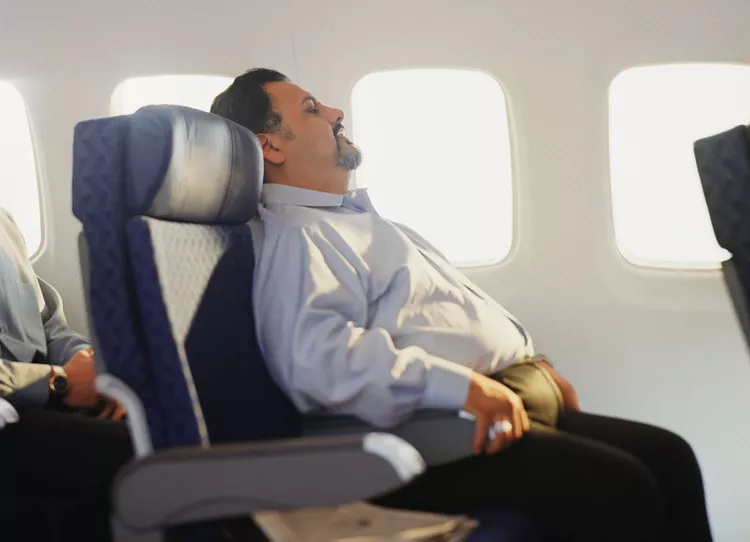Summary
Some US air carriers have announced policies that apply to what they discreetly call “passengers of size” or “passengers requiring extra space,” — in other words, overweight airline passengers. The terminology is polite, but the airlines’ policies are straightforward. If, when you sit down in your airplane seat, you need a seat belt extender or you can’t lower both armrests, you may be asked to pay for a second seat unless extra space is available somewhere on the aircraft.
Where Can I Find my Airline’s Seat Policy?
Each airline publishes a document called a contract of carriage that outlines the legal relationship between the airline and its passengers. The contract of carriage may or may not describe the airline’s policy on ticket purchases for larger passengers. Some airlines, such as Southwest Airlines, publish their policy covering larger passengers on their website. However, some airlines prefer to manage larger passengers on a case-by-case basis.
Policies vary by airline. If you have questions about your airline’s policy, it is wise to contact the Customer Service Department well in advance of purchasing your ticket. You will receive your response in writing, which may offer you some protection if you encounter issues during check-in for your flight.
Your airline may change its policies without notifying customers or issuing press releases. Therefore, print out and read your contract of carriage before your flight to understand your airline’s second seat requirement policy. If a last-minute question arises, your airline should have a copy of its contract of carriage available for you to review at the airport ticket counter.
Are There Alternatives to Purchasing a Second Seat?
Instead of buying tickets for two adjacent coach seats, you may consider purchasing a ticket for business class or first class if your airline offers those options. Look at your budget, do the math, and determine which alternative works best for your travel needs.
Current US Airline Policies Regarding Larger Passengers
Alaska Airlines
Alaska Airlines’ guidelines state that if you cannot lower both armrests, you will need to buy a ticket for a second seat. Two larger passengers can buy one seat between them if they both need extra space.
American Airlines
American’s website specifies that passengers who need a seat belt extender and whose bodies extend more than one inch past the armrest will need to purchase a ticket for a second seat.
Delta Air Lines
Delta’s “litmus test” for larger passengers is their ability to sit in their seat with the armrests down. If passengers cannot fit into their seats, they will be reseated if possible but may be asked to purchase a second seat.
Hawaiian Airlines
Passengers who cannot lower both armrests or whose torsos extend into another passenger’s seating space must buy a ticket for a second seat. If no additional seats are available, you may not be able to fly. Hawaiian Airlines suggests purchasing a second seat in advance.
Southwest Airlines
Southwest Airlines has decided to fully enforce its long-standing policy on Customers of Size. As of this writing, Southwest customers who are unable to lower both armrests will be reseated if possible. Southwest recommends purchasing an extra seat in advance. This allows the airline to recognize that the space is needed. Consequently, after your flight, you can contact Southwest for a refund.
Spirit Airlines
Spirit Airlines passengers must be able to lower both armrests and/or sit in their seat without encroaching on other passengers’ space. Otherwise, they will be asked to purchase either a larger seat (Big Front Seat) or a second coach seat. You can buy a second seat in advance if you want to avoid the risk of being placed on a later flight or having your reservation refunded.
United Airlines
United necessitates that passengers can lower both armrests, fasten seat belts using one seat belt extender, and refrain from encroaching on others’ space. If you do not buy an extra seat in advance, you risk being unable to board your flight if you cannot or will not buy a second seat or wider seat upon boarding.




